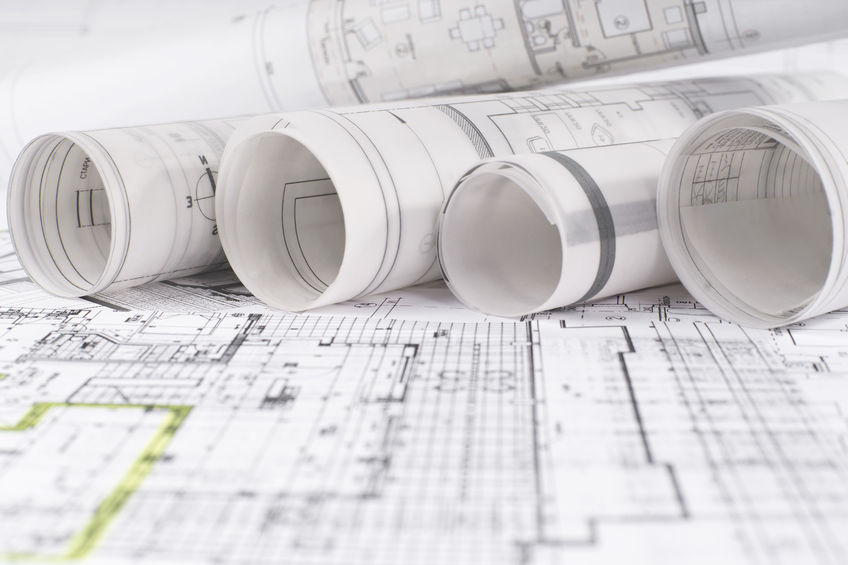Designing a community with built in safety technology to provide freedom of movement for residents, while keeping them safe.
By Susan Saldibar
One of positive effects of heightened awareness and research into Alzheimer’s and dementia care is the partnering of senior care providers and architects to build out physical environments that optimize the quality of life for individuals with cognitive impairment and memory loss.
Chances are, if you are in the process of breaking ground for a new memory care community, you are already well into the weeds of space configuration, lighting, acoustics and landscaping; all based on the latest insight from the experts.
And well you should be. Because, the families of your future residents are doing their homework. And they’re making their decisions based upon which communities have built out their physical structures to provide a safe and supportive environment for their parents.
Build in safety features that respect the individual.
On the top of most of the lists is designing a community with built in safety technology to provide freedom of movement for residents, while keeping them safe.
An article from the Alzheimer’s Association website, co-authored by Margaret P. Calkins, Ph.D., sheds light on the importance of safeguarding safety and security in memory care communities. Of particular importance is the need to safeguard exits and entrances, as they can lead to potentially hazardous areas. Some of the recommendations from the article are as follows:
-
Determine the security level needed for your monitoring system. Will your memory care unit be a locked or secure unit? This will tie into your licensing requirements and the regulations for the physical environment.
-
Exits that lead to unprotected areas should be easily monitored or protected with alarms.
-
Decrease visibility of doors that residents should not use such as utility rooms or staff spaces. If possible, have exit doors not intended for resident use situated parallel to the hallway so they are less visible rather than at the end of the hallway.
Use sensors to detect movement…and more.
Resident rooms are increasingly being fitted with sensor technology to unobtrusively detect residents’ movements while preserving their dignity and independence. Technology providers, such as Vigil Health Solutions, a Senior Housing Forum partner, use a network of sensors and algorithms to determine residents’ activities and alert staff when there is unusual movement that could cause potential harm to themselves or to other residents.
When activated, these alarms can be silent and remain just as effective. Margaret Calkins points out the importance of eliminating unnecessary noise when possible. That’s one of the reasons Vigil uses silent wireless alarm technology for smart phones and pager alerts, eliminating extraneous noise.
Greater understanding of Alzheimer’s and other dementias has led to more effective ways of keeping residents safe. And technology is helping maintain the balance between giving residents freedom of movement, while keeping them out of harm’s way. “As technology continues to advance, we are able to fine tune monitoring and alerting to target the unique care requirements for every resident,” says Jacquie Brennan, VP, Marketing and Corporate Development.
For more information about today’s advance alert and monitoring options, please click on the button below to visit the Vigil Health Solutions website.









